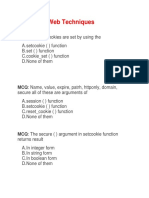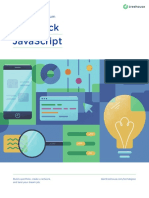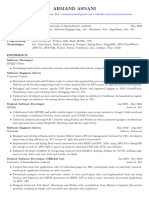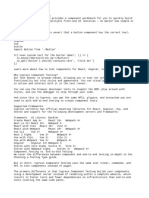0% found this document useful (0 votes)
13 views6 pagesFullstack Roadmap
The document outlines a comprehensive roadmap for full-stack development, detailing various technology stacks including MERN, MEVN, LAMP, Django + React, Spring Boot + Angular, Ruby on Rails + React, Java Fullstack, and ASP.NET Core + Angular. Each stack includes guidance on frontend and backend technologies, database management, and deployment strategies. Additionally, it highlights advanced tools and practices such as DevOps, cloud services, and testing methodologies applicable across all stacks.
Uploaded by
memodag435Copyright
© © All Rights Reserved
We take content rights seriously. If you suspect this is your content, claim it here.
Available Formats
Download as PDF, TXT or read online on Scribd
0% found this document useful (0 votes)
13 views6 pagesFullstack Roadmap
The document outlines a comprehensive roadmap for full-stack development, detailing various technology stacks including MERN, MEVN, LAMP, Django + React, Spring Boot + Angular, Ruby on Rails + React, Java Fullstack, and ASP.NET Core + Angular. Each stack includes guidance on frontend and backend technologies, database management, and deployment strategies. Additionally, it highlights advanced tools and practices such as DevOps, cloud services, and testing methodologies applicable across all stacks.
Uploaded by
memodag435Copyright
© © All Rights Reserved
We take content rights seriously. If you suspect this is your content, claim it here.
Available Formats
Download as PDF, TXT or read online on Scribd
/ 6
























































































